
The promise of safer roads often feels like a distant horizon, particularly as our highways grapple with a complex interplay of evolving vehicle designs, shifting driver behaviors, and legislative inertia. While discussions around vehicle performance frequently center on fuel efficiency, a deeper dive into current trends reveals a concerning paradox: certain aspects of vehicle design and the prevailing driving culture are, in fact, making our roads more dangerous. This isn’t merely about individual lapses in judgment; it’s about systemic issues that demand our collective attention and immediate action.
At the heart of this challenge lies a multifaceted problem that extends beyond the gas pump. From the increasing weight of certain vehicle categories to the alarming prevalence of risky behaviors such as speeding and distracted driving, the gains made in vehicle safety technologies are being eroded, if not outright negated. The data points to a disturbing reversal of previous positive trends, highlighting an urgent need for comprehensive solutions that address infrastructure, policy, and human behavior in equal measure. This article seeks to unpack these critical elements, providing a clear, evidence-based understanding of the threats we face on the nation’s roadways.
Drawing on extensive research and data from leading safety organizations like the Insurance Institute for Highway Safety (IIHS) and the National Highway Traffic Safety Administration (NHTSA), we will explore the tangible impacts of these trends. Our objective is to arm consumers with the knowledge to not only navigate these dangers but also to advocate for the changes necessary to achieve a future where zero fatalities is not just a vision, but a reality. Understanding these dynamics is the first crucial step toward reclaiming safety on our roads.
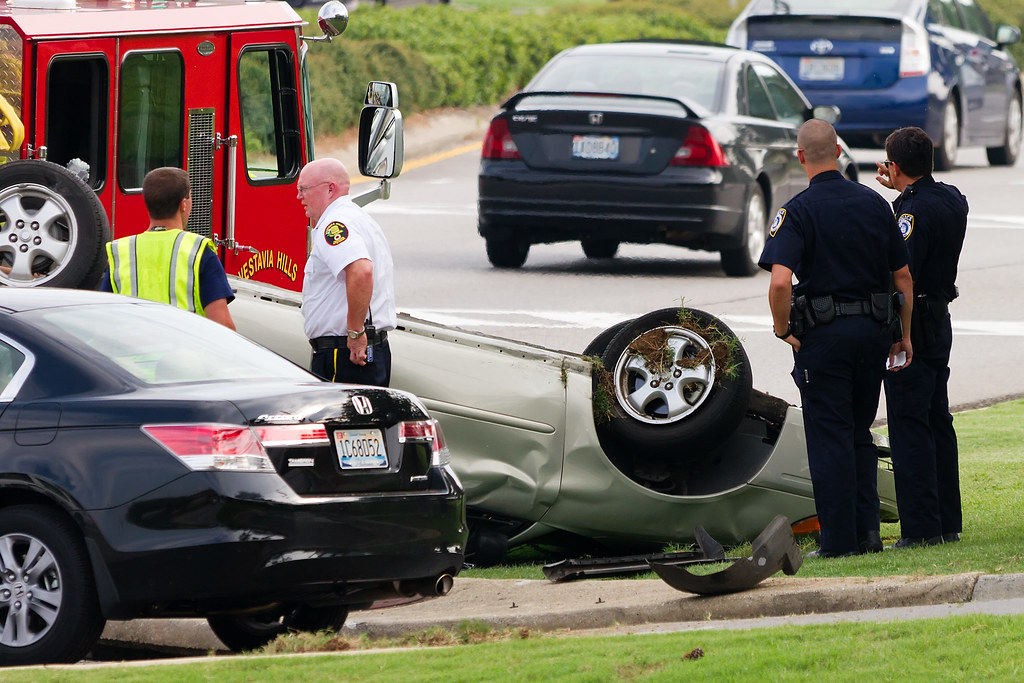
1. **The Alarming Rise in Motor Vehicle Fatalities**The most stark indicator of declining highway safety is the troubling increase in motor vehicle fatalities. After a period of general decline, the number of lives lost on our roads has begun to climb once more, reaching levels that demand immediate concern. In 2022, just over 46,000 people in the United States died in motor vehicle crashes, according to the most recent data from the Centers for Disease Control and Prevention. This translates to an age-adjusted death rate of 13.3 people per 100,000.
While this rate was down slightly from 2021, it represents a significant increase from the pre-pandemic year of 2019, when the rate stood at 11.5 per 100,000. Prior to the pandemic, the overall trend had shown a consistent decline since 2002, when it peaked at 15.7 per 100,000. The recent uptick reverses years of progress and underscores the urgency of addressing the underlying factors contributing to this tragic rise.
Looking at state-level changes between 2019 and 2022 further illustrates the gravity of the situation. Arizona and New Mexico experienced the largest increases in age-adjusted death rates from motor vehicle crashes. Arizona’s rate in 2022 (17.8 per 100,000) was 4.8 percentage points above its 2019 rate, while New Mexico’s death rate (23.4 per 100,000) was 4.0 points higher. These regional spikes highlight that the problem is widespread but can manifest with particular intensity in certain areas, warranting tailored interventions.
Read more about: Unpacking the Unsettling Rise in Car Thefts: A Consumer Reports Guide to Understanding and Protecting Your Vehicle

2. **The Persistence of Risky Driver Behaviors**Even as vehicle safety technologies advance, the persistent prevalence of risky driver behaviors continues to undermine their effectiveness. Behaviors such as speeding, alcohol impairment, and the failure to wear a seat belt have become significant contributors to the rising share of fatalities, effectively wiping out many of the hard-won gains from safer vehicle designs. These actions represent a direct challenge to the goal of reducing road casualties.
The IIHS highlights that while vehicles are safer than ever before, traffic fatalities in 2022 were nearly 30% higher than they were in 2014. This alarming increase is largely attributed to these risky behaviors. For example, vehicles with a good rating in the original moderate overlap frontal crash test by IIHS have driver fatality rates in head-on crashes with like vehicles that are 46% lower than the poor-rated vehicles of 30 years ago. Yet, despite such advancements, human behavior remains a critical and often neglected variable in the safety equation.
Addressing these behaviors requires a multi-pronged approach encompassing stronger enforcement, public awareness campaigns, and technological solutions that encourage safer driving. The IIHS-HLDI’s new vision, “30×30,” aims for a 30% reduction in fatalities by 2030, emphasizing that to achieve this, steps with immediate effects are needed. This includes deploying safety cameras or installing quick-build infrastructure, alongside legislative changes that can quickly rein in these dangerous habits. The message is clear: personal responsibility, supported by effective systems, is paramount.
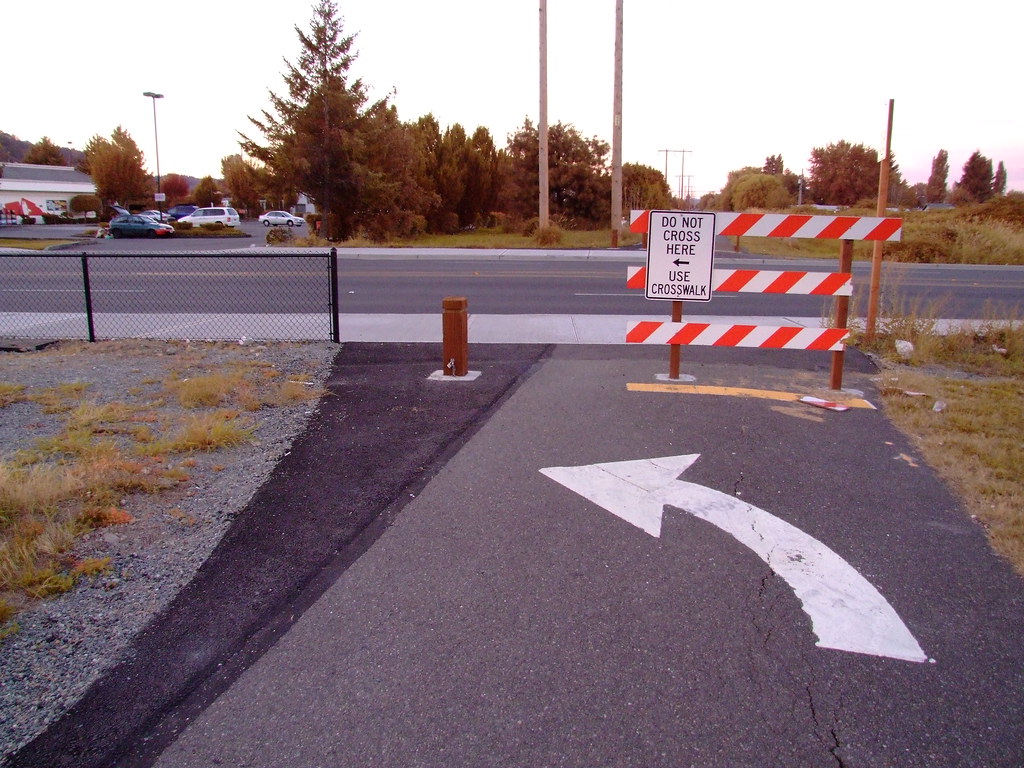
3. **The Unseen Toll on Vulnerable Road Users**While vehicle safety improvements have undoubtedly benefited occupants, these gains have not extended equally to all road users. A particularly alarming trend is the sharp increase in fatalities among pedestrians, cyclists, and motorcyclists—individuals who lack the protective structure of a vehicle. This disparity highlights a critical imbalance in our current safety strategies and vehicle design priorities.
Deaths of these vulnerable road users have seen a significantly sharper rise, increasing by 46% from 2014 to 2022. This figure far outpaces the overall increase in traffic fatalities during the same period. It points to a systemic issue where the evolving design of vehicles, combined with infrastructure and behavioral factors, creates a more hazardous environment for those outside a car or truck.
Recognizing this growing danger, crash avoidance technologies like automatic emergency braking are starting to offer benefits to road users outside the vehicle. However, such improvements are a “long game” due to the slow turnover of the vehicle fleet. With the average passenger vehicle nearly 12 years old, the latest safety features can take decades to reach most drivers. Therefore, more immediate solutions for protecting pedestrians, cyclists, and motorcyclists through infrastructure changes and driver behavior modification are critically needed.
Read more about: 14 Films That Ruined Actor’s Lives: Unpacking Hollywood’s Most Intense Legacies

4. **The Perilous Impact of High-Speed Limits**One of the most concerning legislative trends directly contributing to highway unsafety is the increase in top speed limits on our highways. The conventional wisdom that higher speeds save time often overlooks the catastrophic human cost. This policy choice has demonstrably led to a significant increase in fatalities, reversing efforts to make roads safer.
Today, eight U.S. states have highways with speed limits of 80 mph or higher. This legislative shift has not been without dire consequences. Increases in top speed limits on our highways have cost approximately 46,000 lives since the early 1990s. To provide perspective, this number of lives lost due to rising speed limits equals more than half of the lives that have been saved by frontal airbags through 2019. This stark comparison underscores the devastating impact of these policy decisions.
Pushing back against such dangerous legislative trends is a crucial part of improving road safety. The IIHS advocates for policies that align with safety goals, providing evidence and tools to support advocates seeking stronger laws. Reducing speed limits where appropriate, and ensuring rigorous enforcement, are vital steps to mitigate the severe risks associated with high-speed travel and prevent further needless deaths.
Read more about: Death Traps on Wheels: 10 Iconic American Cars Too Dangerous for Today’s Roads

5. **The Deadly Consequences of Lacking Motorcycle Helmet Laws**Another legislative oversight that continues to contribute to preventable fatalities is the absence of comprehensive all-rider helmet requirements for motorcyclists in many states. Helmets are a proven life-saving device, yet resistance to universal mandates persists, leading to tragic outcomes that could otherwise be avoided.
Currently, 33 states lack all-rider helmet requirements for motorcyclists. The human cost of this legislative gap is substantial: the absence of such laws has tragically resulted in 22,000 lives lost since 1976. This figure highlights the profound difference that a simple, effective piece of legislation can make in protecting vulnerable road users and reducing the burden on emergency services and communities.
Implementing all-rider helmet laws is a clear, actionable step that states can take to immediately improve road safety for motorcyclists. This measure is not about restricting personal freedom but about preventing severe injuries and fatalities that have long-term impacts on individuals and society. The IIHS continues to push for immediate solutions, and supporting stronger laws, such as universal helmet mandates, is a key component of their strategy to reduce fatalities.
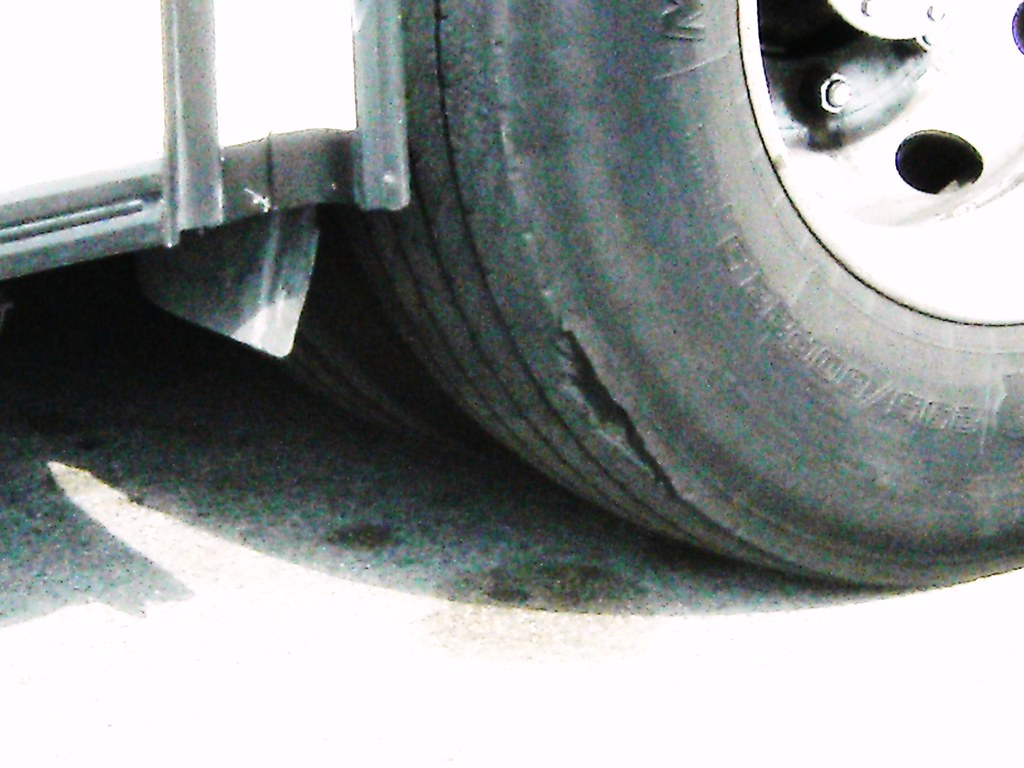
6. **The Slow Pace of Vehicle Safety Feature Adoption**While new vehicles are increasingly equipped with sophisticated safety features, the benefits of these innovations are slow to disseminate across the entire vehicle fleet. This delayed adoption represents a significant hurdle in making roads safer for everyone, as the majority of vehicles on the road lack the latest protective and crash-avoidance technologies.
The average passenger vehicle in operation today is nearly 12 years old. This critical statistic means that even the most advanced safety features—such as intelligent speed assist, driver monitoring systems, and improved crash avoidance systems for vulnerable road users—can take decades to reach the majority of drivers. This slow turnover rate limits the immediate impact of groundbreaking technological advancements on overall accident and fatality rates.
This reality underscores the need for solutions that can work faster than the natural replacement cycle of vehicles. While improving vehicles remains a long-term investment in safety, the stunning rise in fatalities over the past decade demonstrates that technology and vehicle design changes alone will not suffice. We must maintain and expand on gains made in infrastructure and policy to complement vehicle improvements, ensuring that safety advances translate into tangible reductions in road deaths more quickly.
Read more about: The Affordable New Truck That Is Outselling the Ford F-150: Market Dynamics and Unprecedented Value
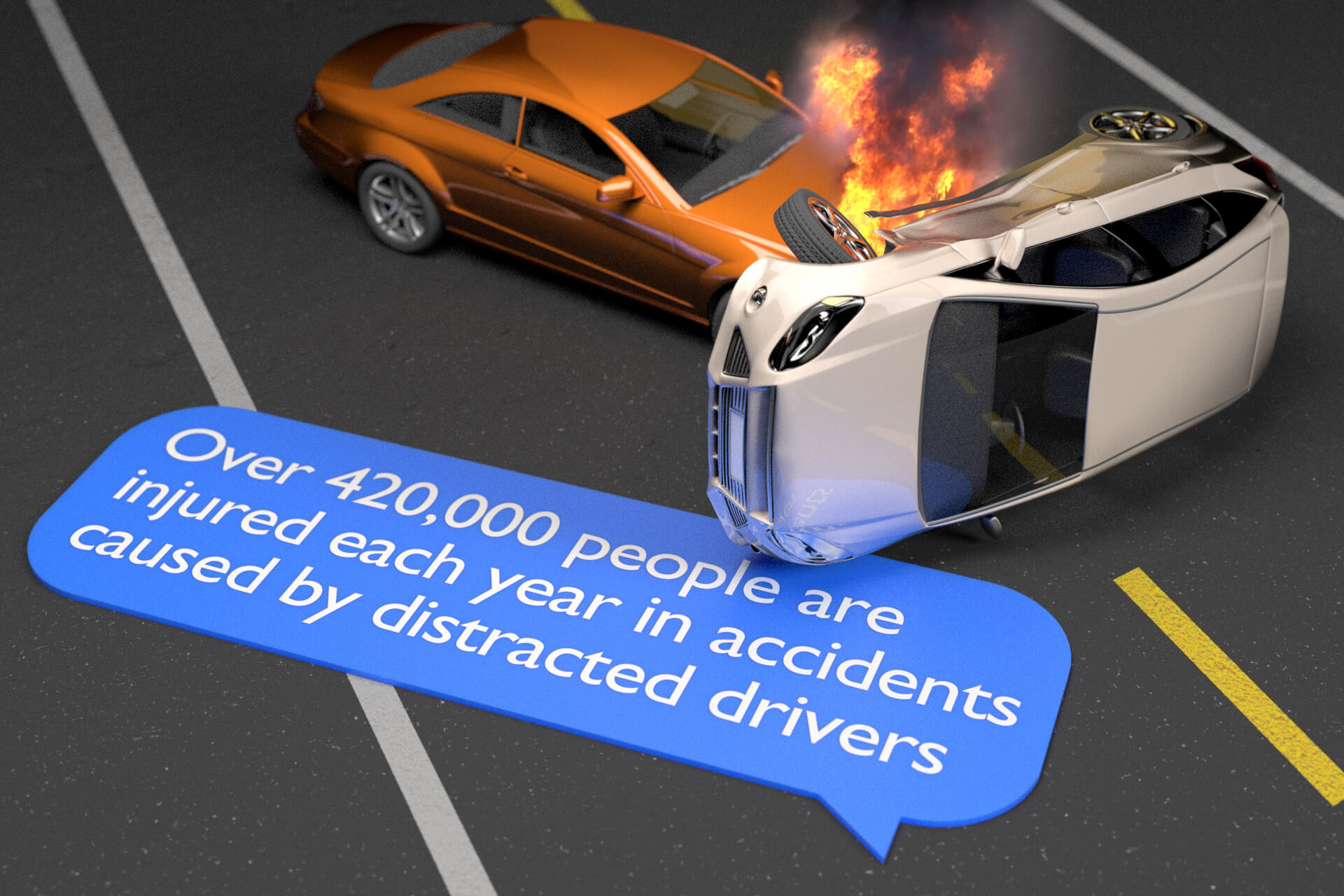
7. **Distracted Driving – A Modern Epidemic**Driver distraction continues to be a significant contributing factor in traffic crashes, though its reported prevalence has seen some fluctuations. According to the National Highway Traffic Safety Administration (NHTSA), distraction was a factor in 11.0% of all traffic crashes in 2022, which is a decrease from 14.6% recorded in 2019. This includes its role in 7.8% of fatal crashes, 11.9% of injury-only crashes, and 10.7% of crashes resulting solely in property damage.
While the estimated number of distraction-related injury and property damage crashes saw a sharp decline between 2019 and 2022, falling by 31% and 35% respectively, the absolute number of distraction-related fatal crashes has remained stubbornly consistent. This figure has landed somewhere between 2,600 and 3,300 every year since at least 2010. This persistence in fatalities underscores that even as overall reported incidents may shift, the gravest consequences of distracted driving continue to exact a heavy toll.
Public concern about this issue remains exceptionally high, particularly regarding cellphone use. A recent Pew Research Center survey found that 78% of Americans consider drivers being distracted by cellphones a major problem in their local community. NHTSA data further reveals that cellphone use was a factor in 12.1% of distraction-related fatal crashes in 2022, and notably, its role in injury and property damage crashes has actually increased from 7.2% and 5.8% in 2019 to 9.5% and 9.6% respectively in 2022.
Read more about: Mastering the Drive: 14 Essential Strategies to Avoid Road Rage and Ensure a Calmer Journey

8. **The Pervasive Threat of Reckless Driving Behaviors**The umbrella term “reckless driving” encompasses a range of dangerous actions, from tailgating and improper lane changes to speeding and leaving the scene of an accident. While comprehensive data on all these behaviors can be challenging to compile, NHTSA does track several key indicators that point to a worsening trend in some areas of recklessness on our roads.
One particularly troubling aspect is the increase in hit-and-run incidents. In 2022, 14.5% of all crashes involved a hit-and-run driver, marking an increase from 12.1% in the pre-pandemic year of 2019. While the share for injury-only crashes slightly decreased, the proportion of hit-and-run involvement rose for both fatal crashes (from 5.9% in 2019 to 7.3% in 2022) and property-damage-only crashes (from 11.9% to 15.8%).
Speeding continues to be a disproportionately dangerous factor, especially in the most severe crashes. In 2022, over a quarter of all fatal crashes, specifically 27.8%, involved speeding. This represents a 2-point increase from 2019, though it was slightly down from a peak of 28.6% in 2020. This persistent connection between speed and fatalities highlights the enduring challenge of controlling aggressive driving habits.
Conversely, speeding was a factor in a much smaller percentage of property-damage-only crashes (around 8%) and injury-only crashes (12.0%). Despite the observable prevalence of these reckless behaviors, the share of drivers involved in fatal crashes who were charged with offenses NHTSA categorizes as “reckless/careless/hit-and-run” has remained relatively stable since 2010, hovering around 4.9% in 2022.
Read more about: Beyond the Headlines: Unpacking the Most Shocking Public Meltdowns That Forced A-List Celebrities to Take a Hiatus
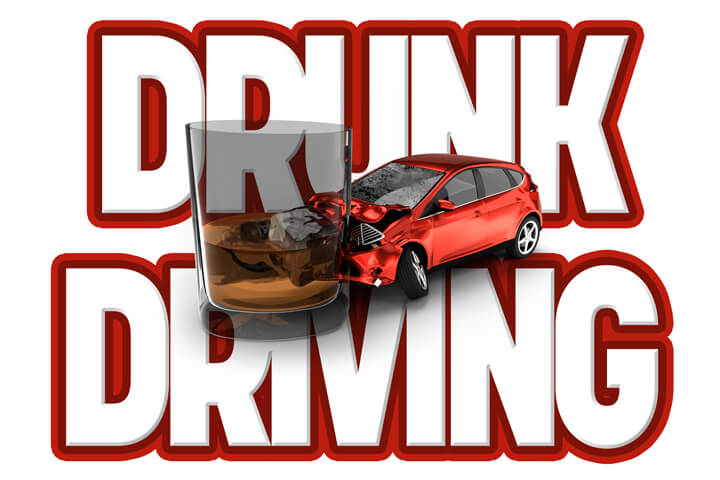
9. **Drunk Driving and Other Impairments: A Persistent Scourge**Despite decades of public awareness campaigns and legislative efforts, alcohol impairment remains a devastating factor in fatal crashes across the United States. In 2022, a significant three-in-ten fatal crashes (31.3%) involved at least one driver who was legally considered alcohol impaired, meaning their blood alcohol content was 0.08% or greater. This figure represents a troubling increase from 27.7% in 2019, reversing what had been a decade-long downward trend in alcohol-related crash fatalities.
The human cost of this reversal is stark. In 2022 alone, 13,524 people were killed in crashes involving a legally alcohol-impaired driver, marking a substantial 32.6% increase compared to 2019. These deaths constituted 31.8% of all crash fatalities for the year, which is the highest share recorded since at least 2008, underscoring the urgent need to address this persistent public safety threat.
While many impaired drivers tragically perish in the crashes they cause, preventing them from facing legal consequences, the enforcement system still processes a substantial number of cases. In 2022, 1,563 drivers who survived fatal crashes were charged with driving while intoxicated, under the influence, or related offenses. This number represents an 18.7% increase over the charges issued in 2019, reflecting ongoing efforts to hold impaired drivers accountable for their dangerous actions.

10. **The Disturbing Surge in Road Rage Incidents**Road rage, defined by NHTSA as “an intentional assault by a driver or passenger with a motor vehicle or a weapon that occurs on the roadway or is precipitated by an incident on the roadway,” presents a complex challenge for data collection. The varying legal definitions and prosecution methods across states, with only a few like Utah having specific laws, make it difficult to track comprehensive statistics on all road rage incidents.
However, data from the Gun Violence Archive (GVA), a nonprofit research organization, offers a disturbing insight into road rage incidents involving firearms. While GVA’s database specifically tracks events where guns were involved, including brandishing or shots fired without injury, it shows a peak in reported incidents at 692 in 2019. The more alarming trend is the subsequent jump in the number of people killed or injured in such incidents.
The toll from gun-related road rage incidents reached its highest in 2022, with 148 people killed and 421 injured. Although these figures saw a slight ebb last year, the danger remains acutely present. As of October 2024, the GVA data indicates that 116 people have been killed in gun-involved road rage incidents this year, a slight increase from the 109 reported through the first ten months of 2023. Injuries, while slightly lower year-over-year, still stand at 302 through October, underscoring the continued severity of these aggressive encounters.
Read more about: Unpacking the Unsettling Rise in Car Thefts: A Consumer Reports Guide to Understanding and Protecting Your Vehicle

11. **The Complex Relationship Between Vehicle Weight and Safety: Part 1 – The 4,000-Pound Threshold**
Conventional wisdom has long suggested that a heavier vehicle inherently offers greater protection in a crash, a notion that has been supported by some studies. While it remains a reasonable rule of thumb up to a certain point, a new study by the Insurance Institute for Highway Safety (IIHS) offers a more nuanced understanding of this relationship, particularly as vehicle safety systems have advanced significantly. This study analyzed Fatality Analysis Reporting System (FARS) data from 2011 to 2022, focusing on crashes involving vehicles between 1 and 4 years old that resulted in at least one driver fatality.
The IIHS research highlights that with the pervasive improvements in vehicle safety features—such as airbags, automatic emergency braking, and enhanced bumper designs—the role of sheer vehicle weight in protecting occupants has actually diminished. In essence, the benefits of occupying a heavier vehicle are not as pronounced as they once were, thanks to the array of modern systems designed to prevent accidents or mitigate their severity across all modern vehicles, irrespective of their mass.
Crucially, the study identified a significant divergence in safety dynamics at a specific weight point: approximately 4,000 pounds. Below this threshold, the IIHS found that additional weight does confer safety benefits to the driver, with a measurable reduction in their death rate. Furthermore, the increase in the fatality rate for occupants of the other vehicle involved in a collision with a sub-4,000-pound heavier vehicle is comparatively small, indicating a net safety gain for the heavier vehicle’s occupants without a drastic increase in risk to others on the road. The IIHS offers an illustrative example: “a lighter car gaining 500 additional pounds was associated with a 17-point reduction in driver death rate and only a single point increase in car partner driver death rate.”
12. **The Complex Relationship Between Vehicle Weight and Safety: Part 2 – Beyond the Two-Ton Limit**
The dynamics of vehicle weight and safety shift dramatically once a vehicle crosses the 4,000-pound (two-ton) threshold, according to the same illuminating IIHS study. Above this critical point, the benefits that accrue to the driver of the heavier vehicle begin to plateau. Drivers of these significantly larger and heavier vehicles do not experience an additional safety benefit for any further increase in vehicle mass, indicating a point of diminishing returns in terms of personal protection.
However, the impact on other road users, particularly those in smaller vehicles, becomes significantly more perilous above this two-ton limit. The IIHS study revealed that for vehicles weighing more than 4,000 pounds, the fatality rate of the vehicle it impacts increases significantly. For instance, since 2005, a pickup truck striking a regular car is 159 to 212 percent more likely to result in the death of an occupant of the car, compared to car-to-car crashes.
Given these findings, the IIHS has arrived at a compelling conclusion: there is a clear upper limit to vehicle weight when it comes to maximizing a driver’s safety without unduly endangering others. Their research suggests that strategically reducing the weight of the largest vehicles on the road could actually lead to dual benefits—potentially improving driver safety in those vehicles and, crucially, reducing the fatality rates for occupants of the vehicles they might collide with. Such a reduction in mass would also offer broader benefits, including improved fuel economy and potentially enhanced payload or cargo capacity, ultimately serving as a tangible step toward saving lives and fostering safer highway environments for everyone.
The complex array of challenges facing highway safety today—from persistent risky behaviors like distracted and impaired driving to the evolving dynamics of vehicle design and weight—demands a multi-faceted and urgent response. It’s clear that relying solely on vehicle technology, while important, is insufficient to reverse the alarming trends in fatalities. Achieving a future of safer roads requires a concerted effort that integrates smarter infrastructure, stronger legislative policies, and a renewed commitment to responsible driver behavior. As consumers, understanding these intricate dynamics empowers us not only to make informed choices but also to advocate for the systemic changes necessary to make our highways truly safer for all.





